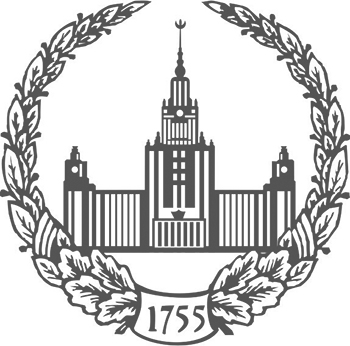ISSN: 2074-8132

ISSN: 2074-8132

Introduction. The purpose of the study is to calculate the age–related reproduction parameters of the rural population of a number of ethnic groups in the North Caucasus (menarche, menopause, the onset of sexual activity, the birth of the first and last child, the age limits of childbearing, protogenetic and intergenetic intervals, physiological and real reproductive periods).
Materials and methods. The survey of post-reproductive age women (over 45 years old) was conducted by local health officials at our request during a comprehensive genetic and epidemiological survey of the population of Karachay-Cherkessia and North Ossetia-Alania. Representatives of the main ethnic groups of these republics (Karachay, Abaza, Nogai, Circassian, Kumyk, Ossetian, Ingush and Russians of both republics) were interviewed. The analysis included 2,921 rural population survey questionnaires. In the case of a sufficient number of questionnaires collected, an analysis of temporal changes in the parameters under consideration (by decades) was carried out. For the Kumyk, Ingush and Russians of North Ossetia, the questionnaires turned out to be insufficient for such a division.
Results. The age of menarche and menopause fall within physiological limits. The age of birth of the first child reveals statistically significant differences between Karachay women and Kumyk women. The physiological reproductive period is several times longer than the real one. The Russians of North Ossetia have the largest protogenetic interval. The intergenetic interval has undergone significant time changes.
Discussion. When comparing with the results of similar studies of Komi-Permians, Shorians, Tatars, Bashkirs and Russians from other regions, it is suggested that splitting into larger time periods (for example, by generations rather than decades) will illustrate more significant temporal changes in these parameters.
Conclusion. The conducted research contributes to the compilation of a complete population-genetic portrait of the studied region. It was found that despite the territorial proximity and similar household structure, there are differences in the reproductive behavior of women belonging to different ethnic groups. However, all are characterized by an increase in the intergenetic interval, indicating the transition of the rural population of the North Caucasus to family planning and conscious childbearing. © 2025. This work is licensed under a CC BY 4.0 license
